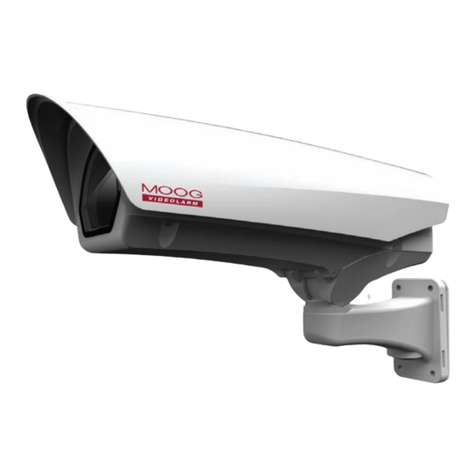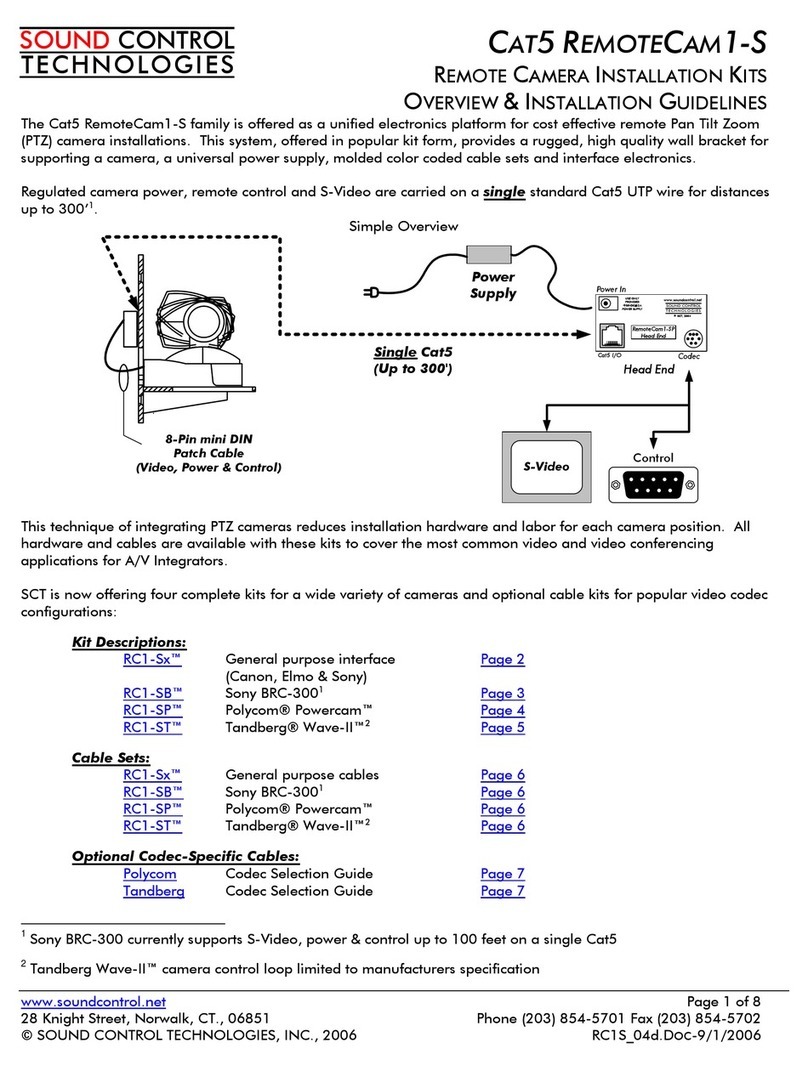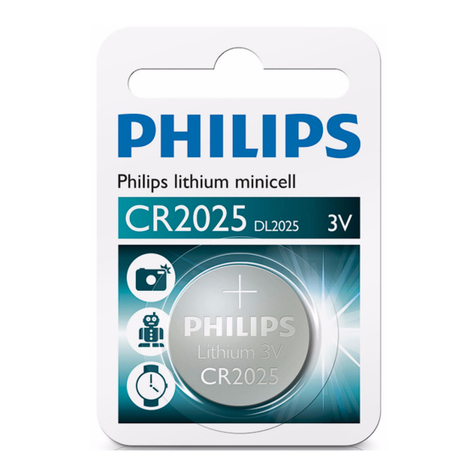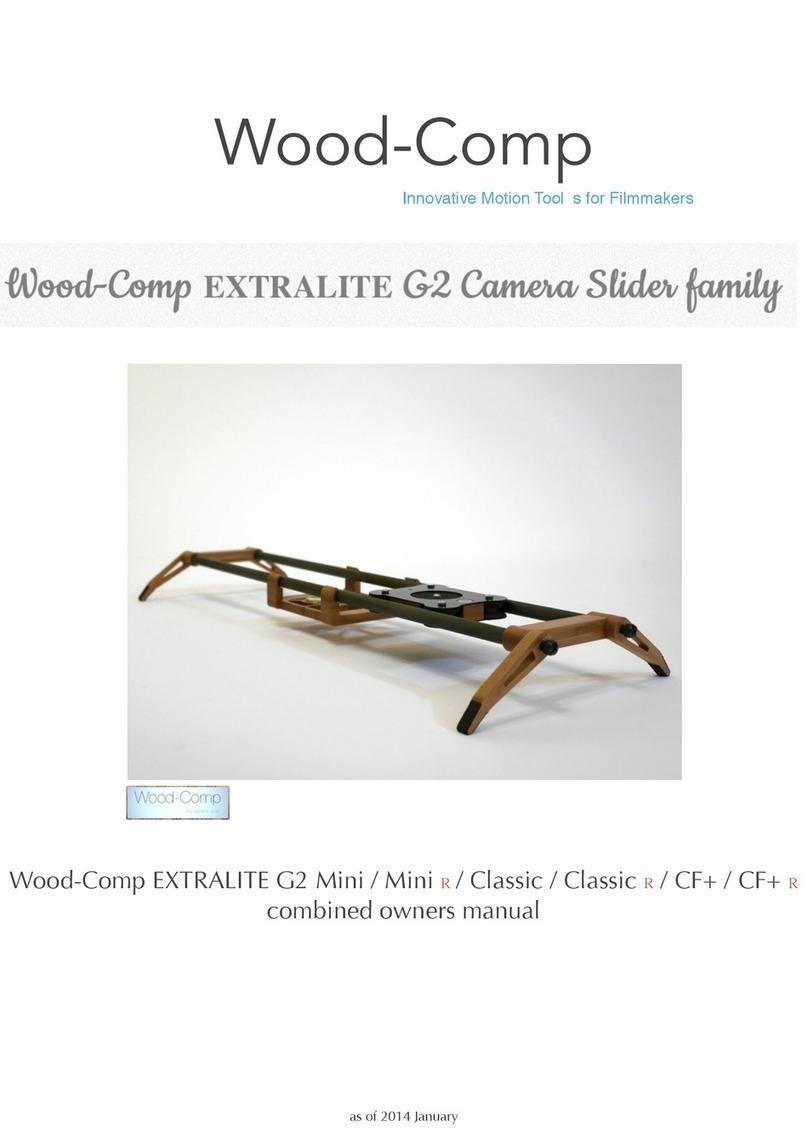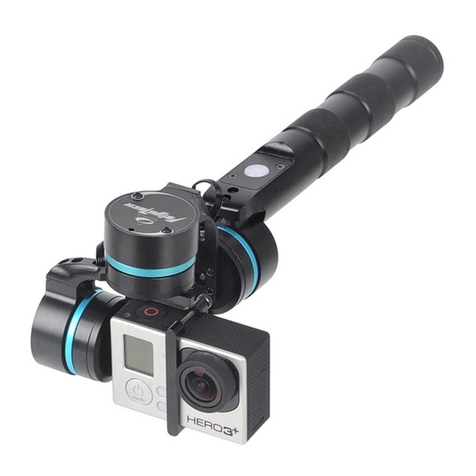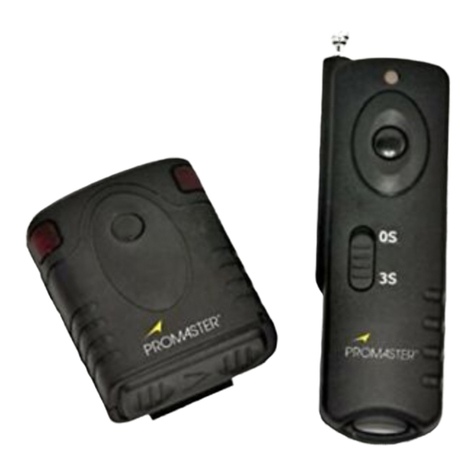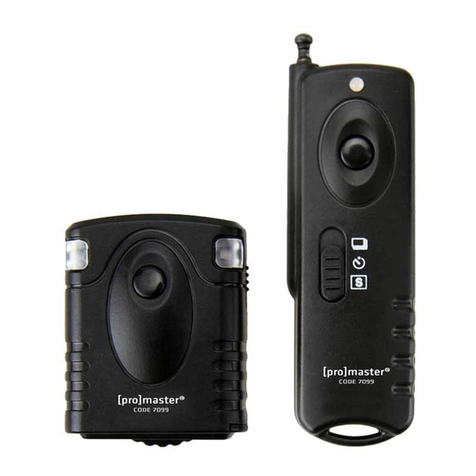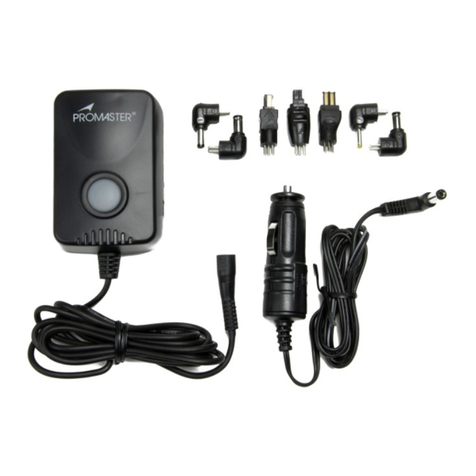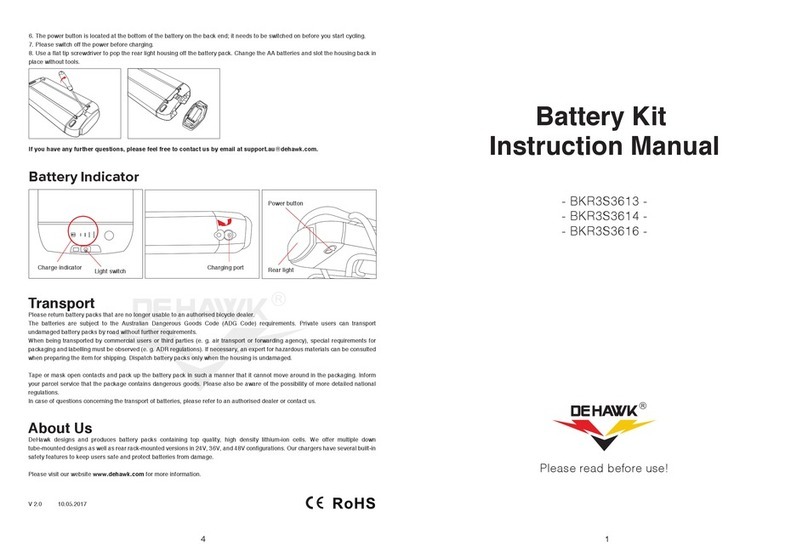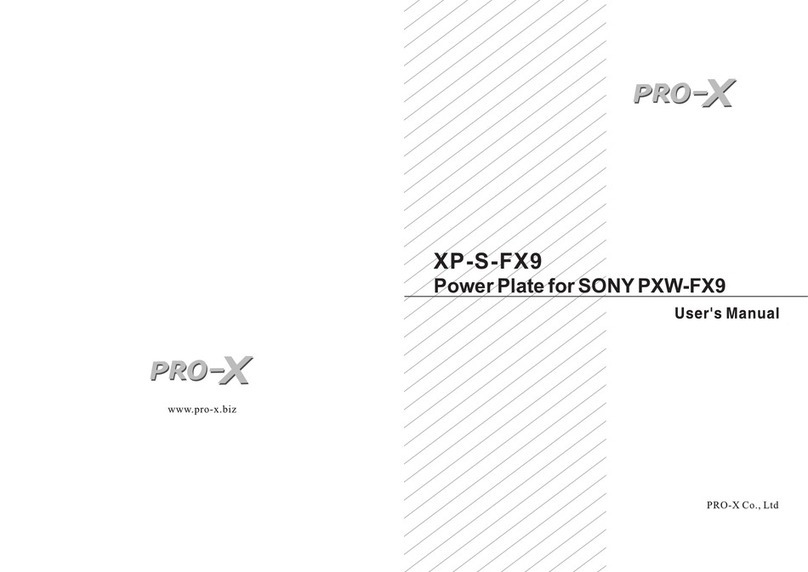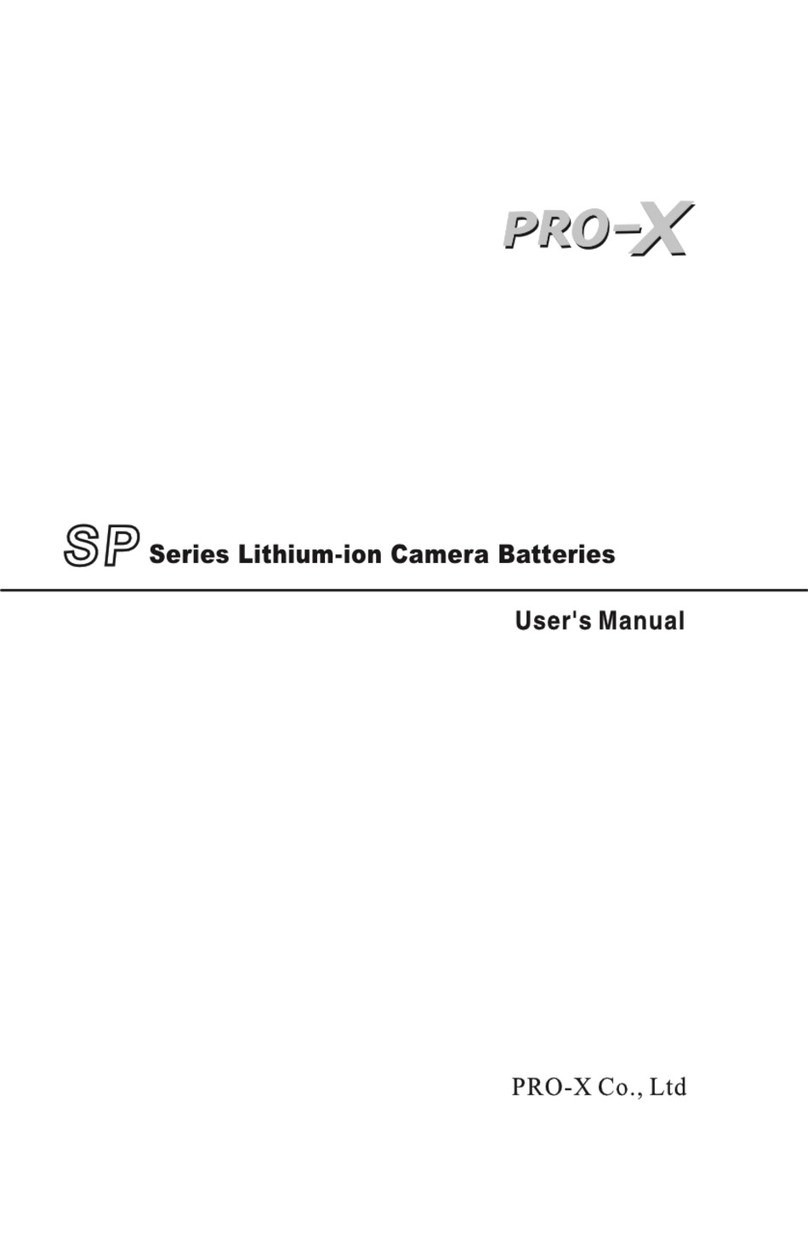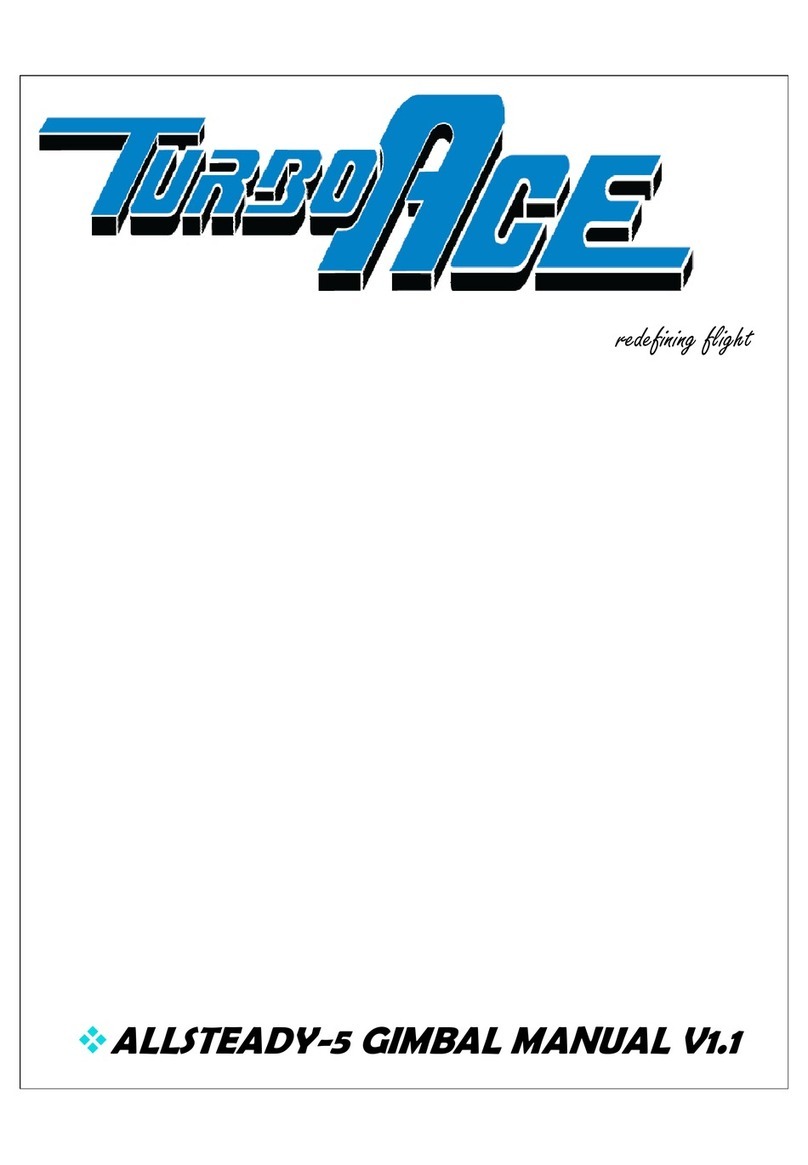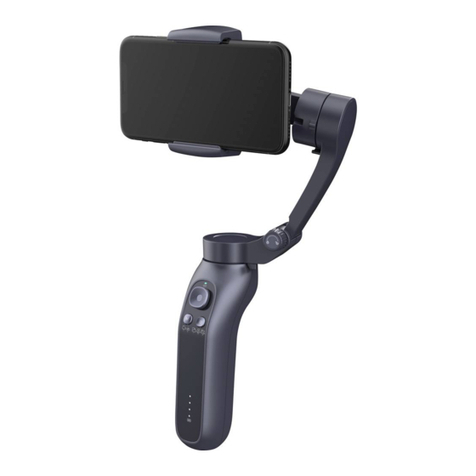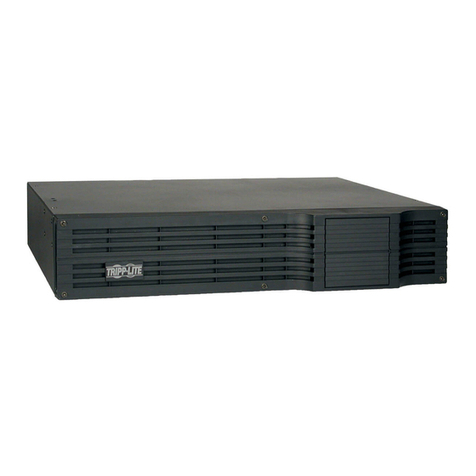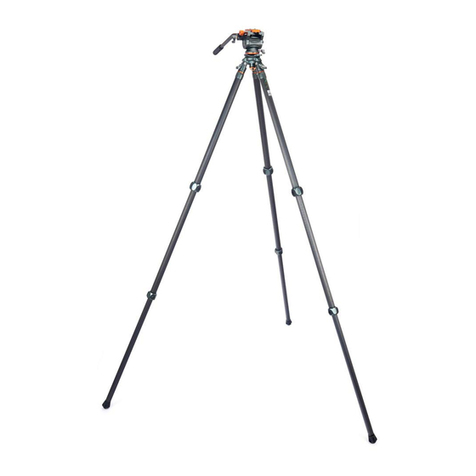
(UN3480 Lithium ion batteries), name and address of shipper and consignee, proper shipping
name, etc. A dangerous goods declaration that contains the sender and consignee information
must be submitted to the transporter.
Limit per package: Passenger aircraft = Forbidden
Cargo aircraft only = 10kg
Section II applies to lithium ion batteries with a Watt-hour rating not exceeding 100 Wh packed
in quantities not exceeding 2 batteries in one package (no more than 1 package). Batteries of this
section are NOT classified as Class9 Dangerous Goods. The package must pass a 1.2 meters drop
test. In addition, a lithium battery handling label is required on the shipping package. A Shipper's
Declaration for Dangerous Goods is not required. An overpack must be marked with the word
“Overpack” and labeled with the lithium battery label, unless the label(s) on the package(s) inside
the overpack are visible.
Limit per package: Batteries ≤100Wh = 2 batteries
Passenger aircraft = Forbidden
2. Lithium Ion Batteries Packed with Equipment UN3481, PI 966
Batteries must be marked with the Watt-hour rating on the outside case.
Section I applies where the equipment is packed with lithium ion batteries with a Watt-hour
rating in excess of 100 Wh, which must be assigned to Class 9 and are subject to all of the
applicable requirements of these Regulations. The number of cells or batteries in each package
must not exceed the appropriate number for the equipment's operation, plus two spares. A
Class9 label will be needed on the package.
Limit per package: Passenger aircraft = 5kg
Cargo aircraft only = 35kg
Section II applies where the equipment is packed with lithium ion batteries with a Watt-hour
rating not exceeding 100 Wh. Each package of cells or batteries, or the completed package must
be capable of withstanding a 1.2 m drop test. Each package must be labeled with a lithium
battery handling label. A Shipper's Declaration for Dangerous Goods is not required. An overpack
must be marked with the word “Overpack” and labeled with the lithium battery label, unless the
label(s) on the package(s) inside the overpack are visible. The equipment must be secured against
movement within the outer packaging and must be equipped with an effective means of
preventing accidental activation.
Limit per package: Passenger aircraft = 5kg
Cargo aircraft only = 5kg
3. Lithium Ion Batteries Contained in Equipment UN3481, PI 967
Batteries must be marked with the Watt-hour rating on the outside case.
Section I applies where the equipment contains lithium ion batteries with a Watt-hour rating in
excess of 100 Wh, which must be assigned to Class 9 and are subject to all of the applicable
requirements of these Regulations. A Class9 label will be needed on the package.
Limit per package: Passenger aircraft = 5kg
Cargo aircraft only = 35kg
Section II applies where the equipment contains lithium ion batteries with a Watt-hour rating not
exceeding 100 Wh. The number of cells or batteries in each package must not exceed the












